There are six components that I created for my original compositing program:
𝗣𝗿𝗮𝗰𝘁𝗶𝗰𝗮𝗹
𝗧𝗵𝗲𝗼𝗿𝘆
𝗜𝗻𝗱𝘂𝘀𝘁𝗿𝘆
𝗥𝗲𝘃𝗶𝗲𝘄
𝗖𝗮𝗿𝗲𝗲𝗿
𝗣𝗿𝗮𝗰𝘁𝗶𝗰𝘂𝗺
Each of these has a backstory. A reason for being. None of this came from guesswork or committees. It came from watching what worked, what failed, and what needed to exist.
Let’s talk about the second one: 𝗧𝗵𝗲𝗼𝗿𝘆
Theory, to me, is not abstract. It's not some far-off idealization of compositing. It’s the foundation, how these tools work, and more importantly, why they exist. Almost no one talks about the latter.
A theory is the most accurate, testable explanation we have until something better proves it wrong. It’s not a guess. It’s a standard. Unless you can replace it with a repeatable, stronger model, the theory stands.
That’s how I teach.
If my understanding of a concept improves, I stress-test it. If it holds, the lesson gets rewritten.
This series of lectures became known among my students as "Essentials."
Perhaps the most infamous set.
Perhaps the most underappreciated until they’re not.
These are the lectures where some of my students zone out. These lectures don’t immediately help with their current shot. There’s no flashy visual payoff. No sense of progress you can render and review. But they are the blueprint for everything that follows.
Because when the shot breaks, when something doesn’t look right, when you're asked to explain your process, this is where you return.
What is the math behind Merge operations?
How do convolutions alter an image?
Why does color correction behave differently at different bit depths?
How does light get transformed when it enters a lens and gets recorded into RGB values?
Why does the 3D CameraTracker give a high hpix error
These aren’t trivia questions. These are the rules of the system you're trying to master. If you don't understand them, you're not comping. You're just pushing buttons until something looks okay.
And in an industry where speed and accuracy matter, “okay” gets you passed over.
Theory is the difference between being a technician and an artist-engineer. It is the mental model that lets you predict what a tool will do even if you’ve never used it before.
Yes, it can feel endless.
Yes, it can be dense.
Yes, I’ve seen students fall asleep while I am giving these lessons.
But I’ve also seen those same students wake up six months later, rewatch those lectures, and finally say, "Oh. I get it now."
This isn’t rote memorization. This is cognitive wiring.
We are training how you think not just what you do.
Without this, you might get a shot done.
With this, you know why it works and what to do when it doesn’t.
That’s theory.
And it’s never optional.


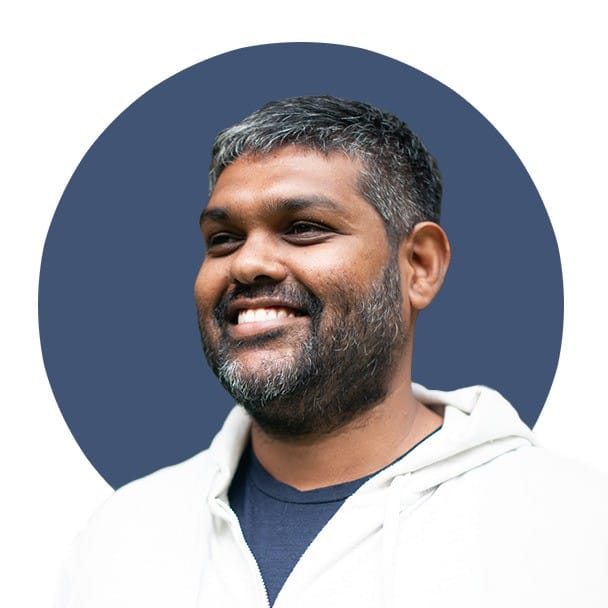
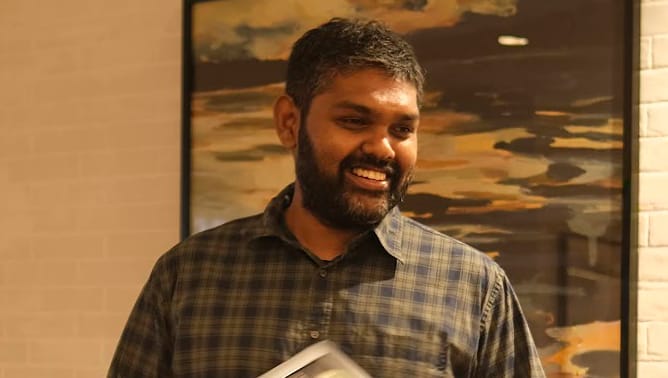


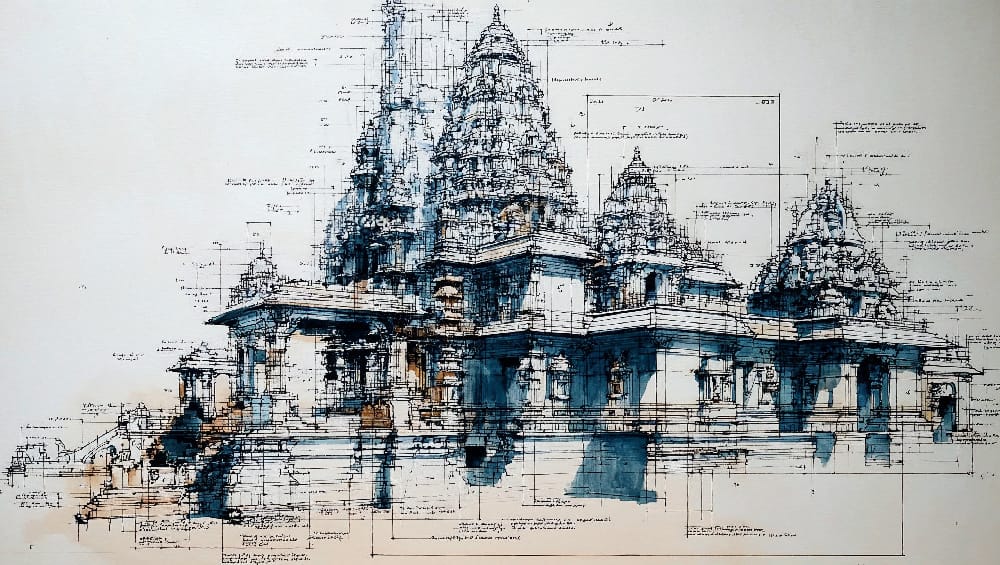

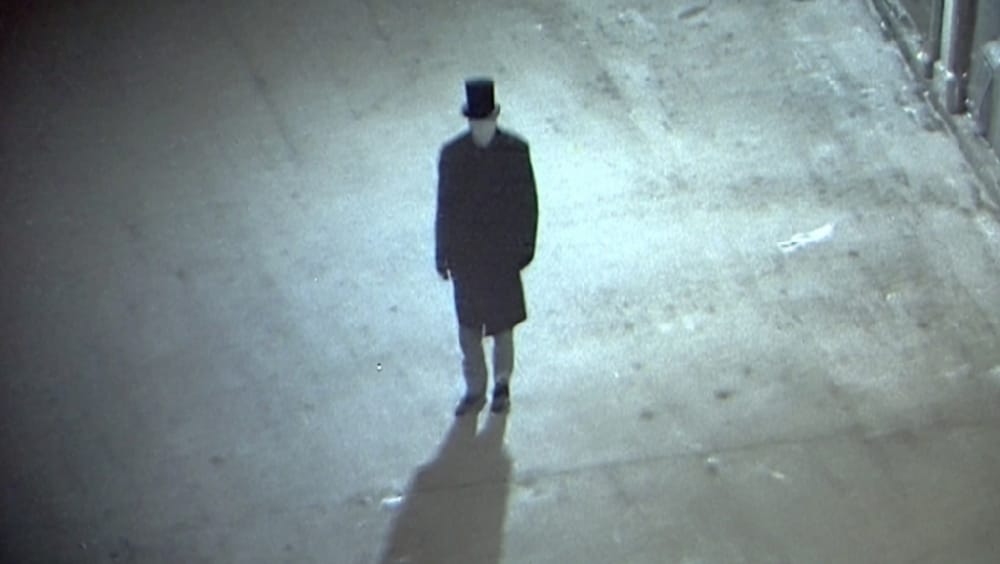


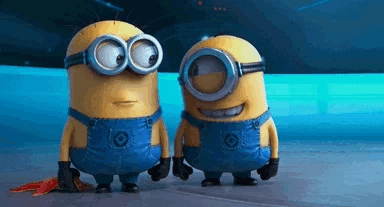
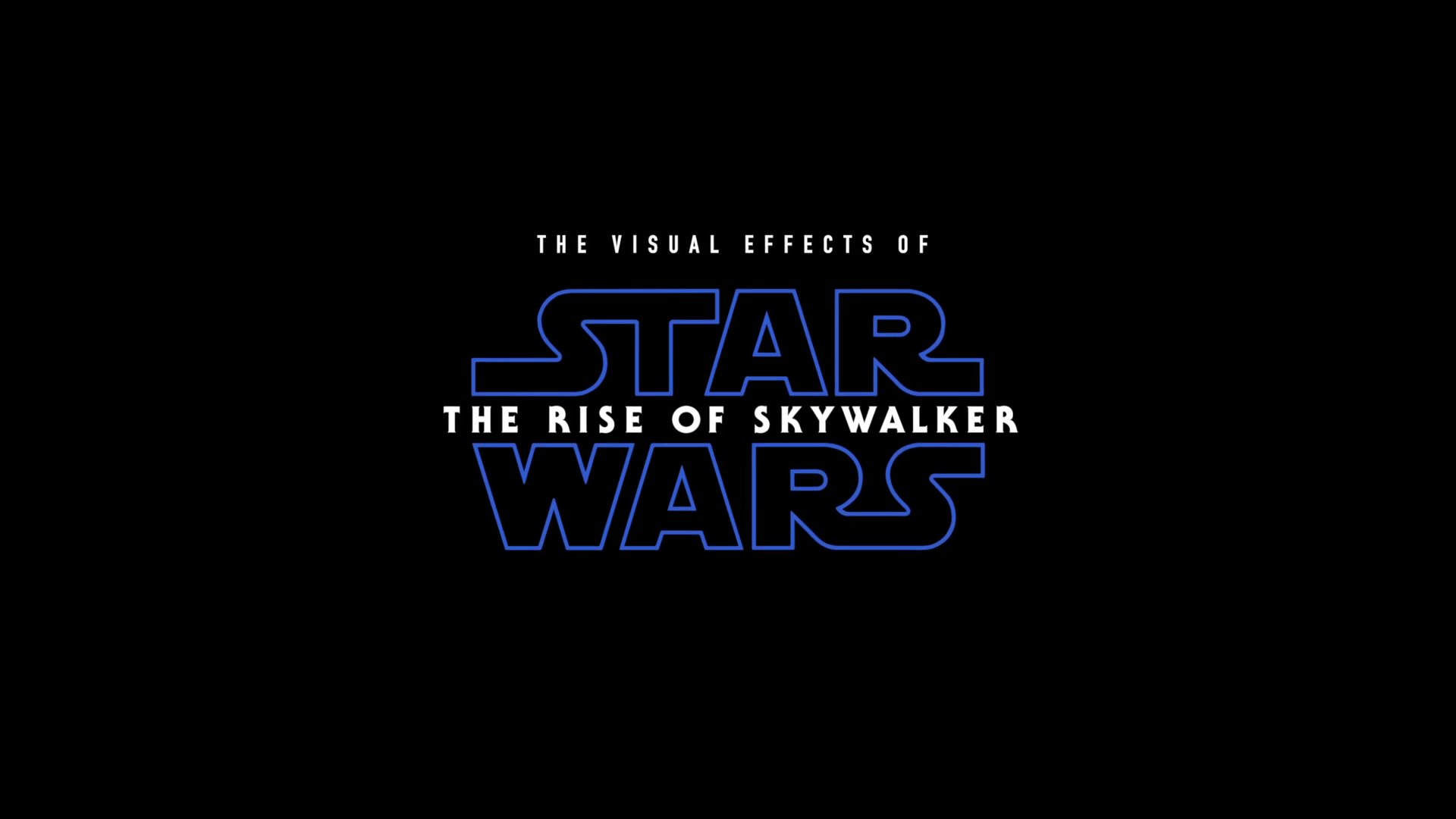
Discussion